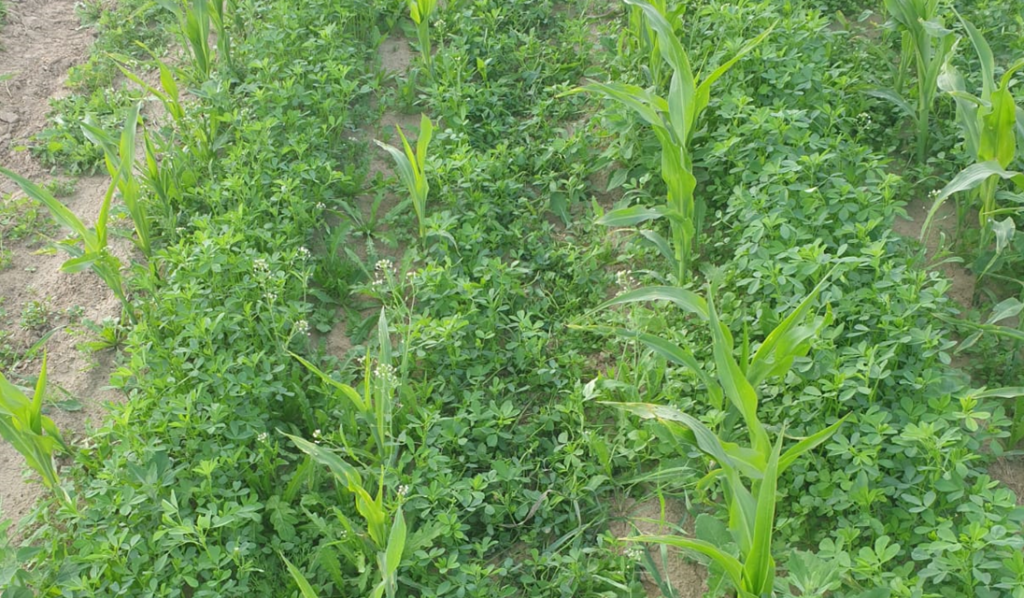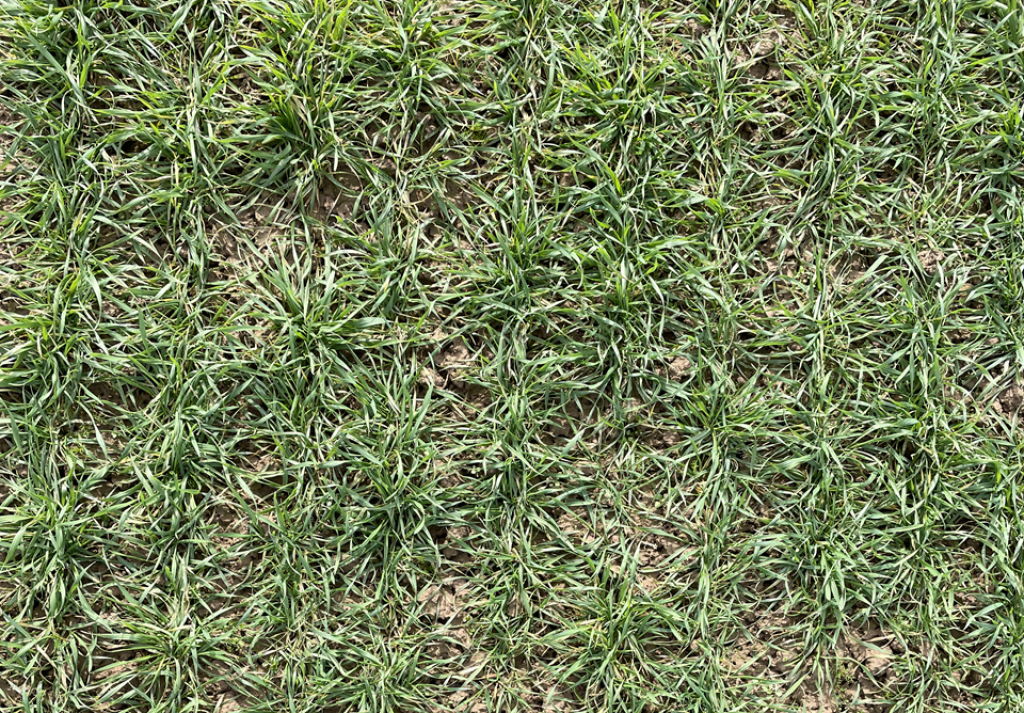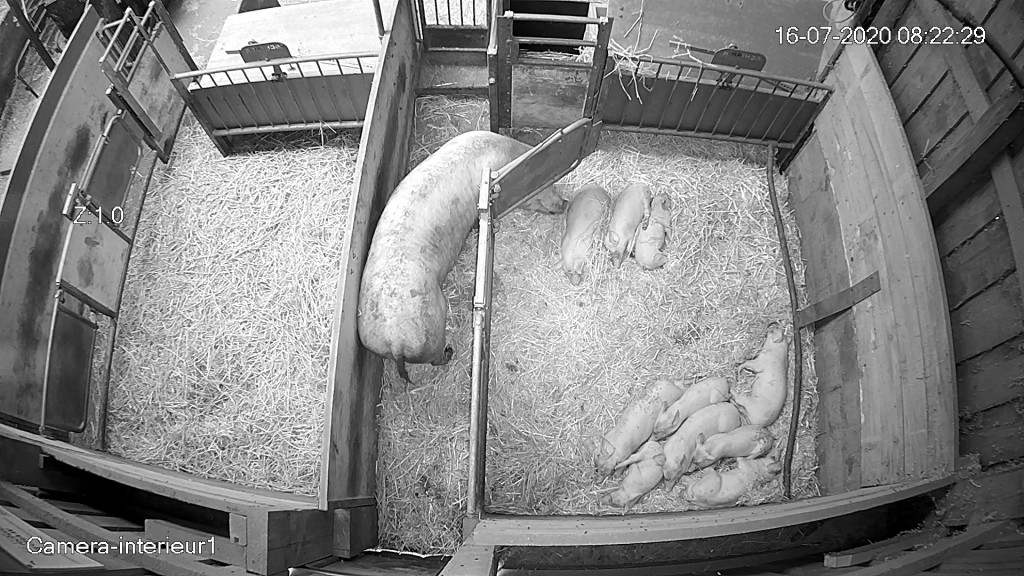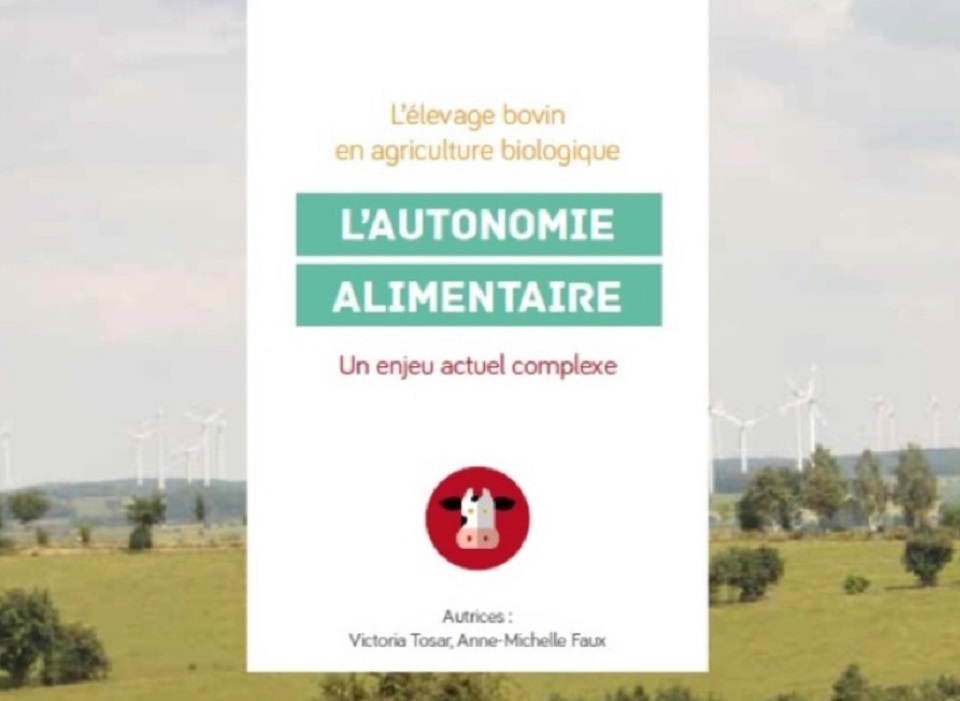Since 2013, CRA-W has been testing organic fattening itineraries for male cattle at its Libramont site. These concern the production of bull , steers and, more recently, rosé veal calves.
In 2022, following the new organic legislation requiring animals to be turned out as soon as conditions permit, we decided to work with dynamic rotational grazing, a practice usually used by dairy farmers in Wallonia.
After a first grazing season in 2021, accompanied by their dams, and interesting performances during the winter (average weight gain of 1.2 kg per day), two batches of 4 animals were turned out for a second grazing season on 3 May 2022. At the time, they were 13 months old and weighed an average of 530 kg. Two contrasting supplements based on organic concentrates were tested at pasture: one estimated at 20% and the other at 40% of feed intake, i.e. half of the maximum permitted, and the maximum permitted by legislation. Rotational grazing was carried out until 29 September on 10 plots, with a residence time of two to three days per plot. By this date, the animals had reached an average weight of 637 kg and 682 kg, with average daily gains of 700 g and 1 kg per day for the 20% and 40% supplements respectively. The animals, which were then returned to the stables because they were considered too thin, were fattened for a further three months. They were slaughtered at an average age of 21 months, with live weights of 690 kg (20% case) and 750 kg (40% case).
Compared with historical trials, the animals were slaughtered young after ingesting a lower quantity of concentrates per animal, especially those supplemented at a maximum of 20% of feed intake. However, the possibility of finishing Bleu-Mixte bulls on this type of grazing has not been demonstrated.
Since 2023, the SPOt project has also been mobilising this practice with dairy-meat crossbred animals, to assess whether fattening this type of animal is possible while making the most of the advantages associated with grazing.














